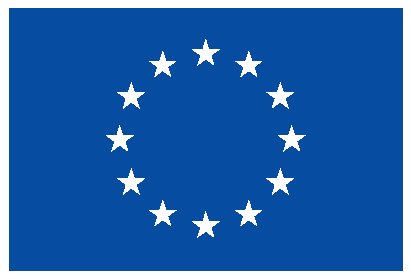From outside to hyper-globalisation: an Artificial Neural Network ordinal classifier to measure the extent of globalisation
Hits: 6531
- Research areas:
- Year:
- 2016
- Type of Publication:
- Article
- Authors:
-
- Dorado-Moreno, Manuel
- Sianes, A.
- Hervás-Martínez, César
- Journal:
- Quality & Quantity
- BibTex:
- Note:
- JCR(2016): 1.094 Position: 51/124 (Q2) Category: STATISTICS & PROBABILITY
- Abstract:
- Globalisation has become a key concept in the social sciences to understand the accelerating changes occurred in modern societies during recent decades. As a consequence, measuring the influence of globalisation on the economic, social and political aspects of nations has been a requirement. There are many indices at present to calculate the extent of globalisation reached by each country. However, most of the methods used to build those indices suffer certain methodological limitations that hinder the wider dissemination and usefulness of their results. As an alternative, in this paper, we propose a methodology for ordinal ranking of countries associated with their globalisation level, which gives us an easier and more useful information about the different levels where countries are regarding to this criteria. Among Computational Intelligence techniques, Artificial Neural Networks (ANNs) have become dominantmodelling paradigm.We have built a novel non-linear ordinal classifier by combining the Proportional Odd Models (POM) with ANNs that is able to classify countries according to their level of globalisation in six classes, which range from hyperglobalised countries to countries that remain outside the process of globalisation. The results could not be more encouraging. Our experiments yield robust results and show better outcomes than alternative linear and non-linear ordinal classifiers,which raises the possibility of developing a model of classification that might overcome some of the limitations of the indices currently employed to measure globalisation.
- Comments:
- JCR(2016): 1.094 Position: 51/124 (Q2) Category: STATISTICS & PROBABILITY







